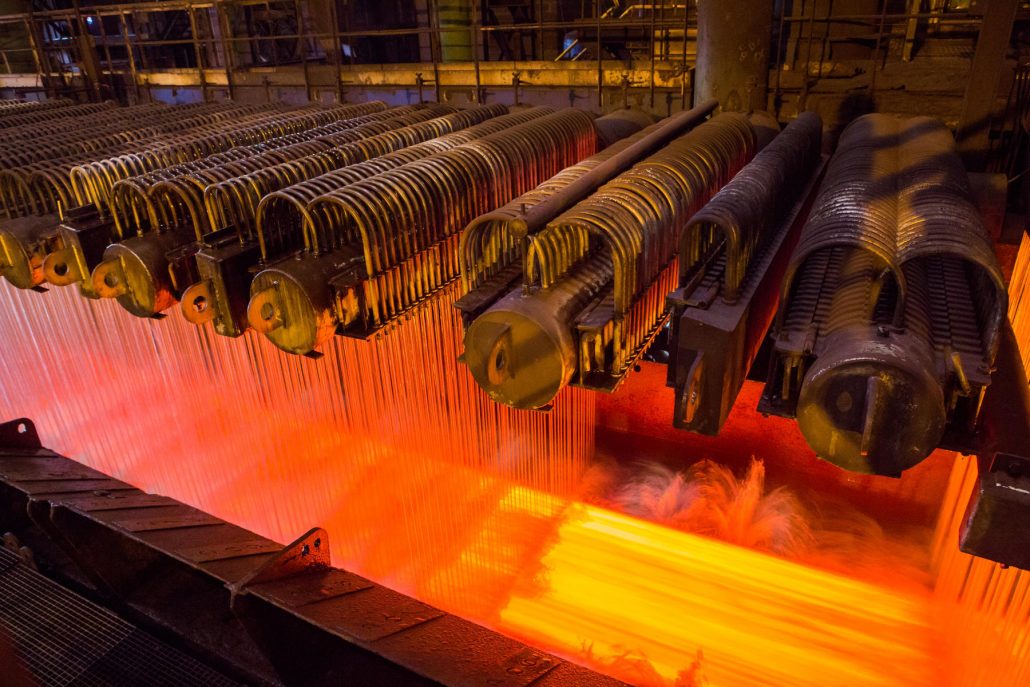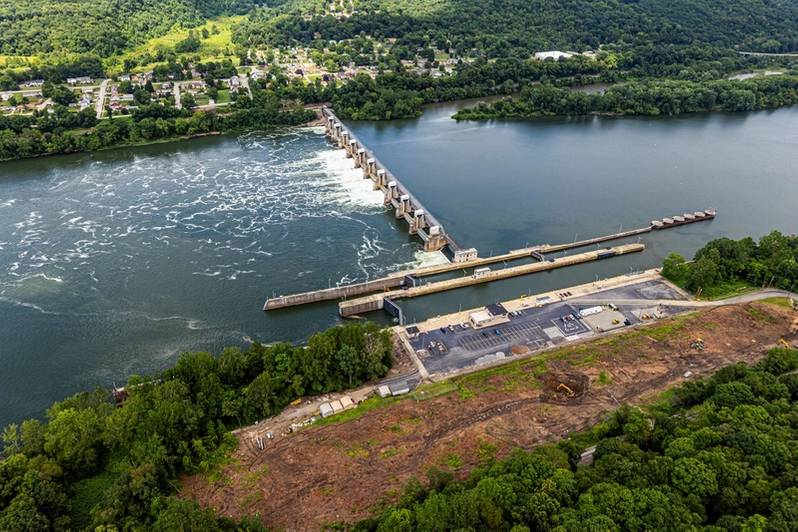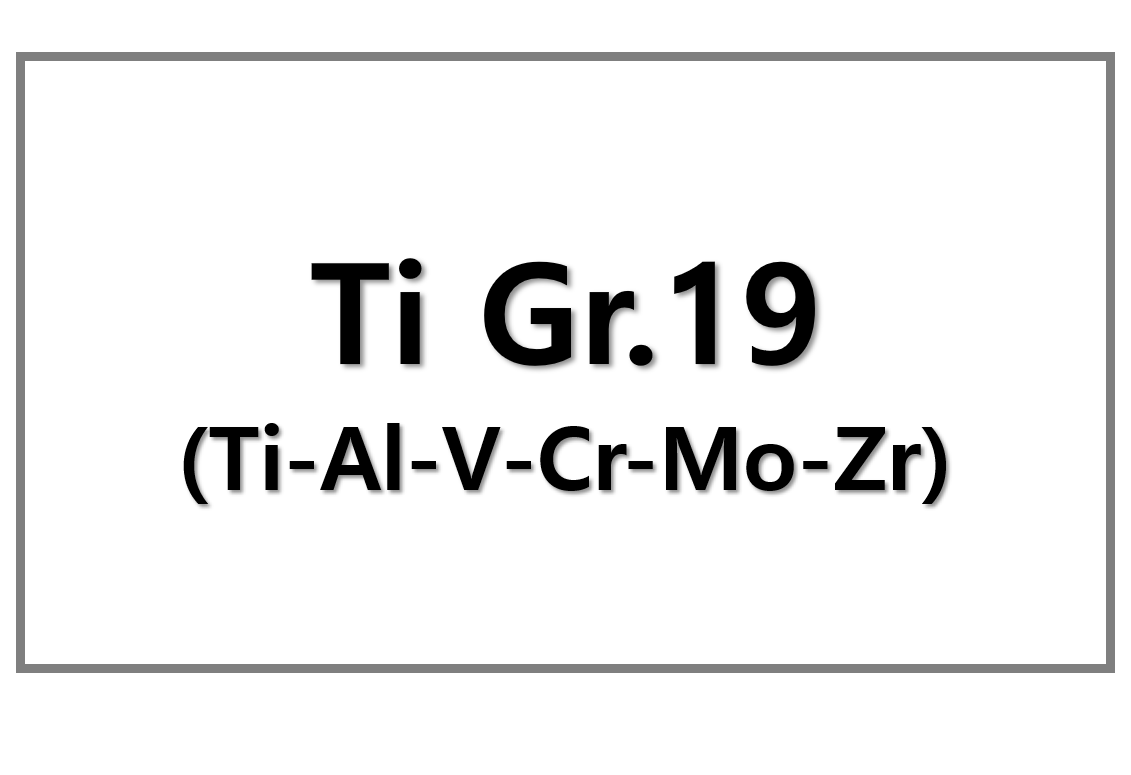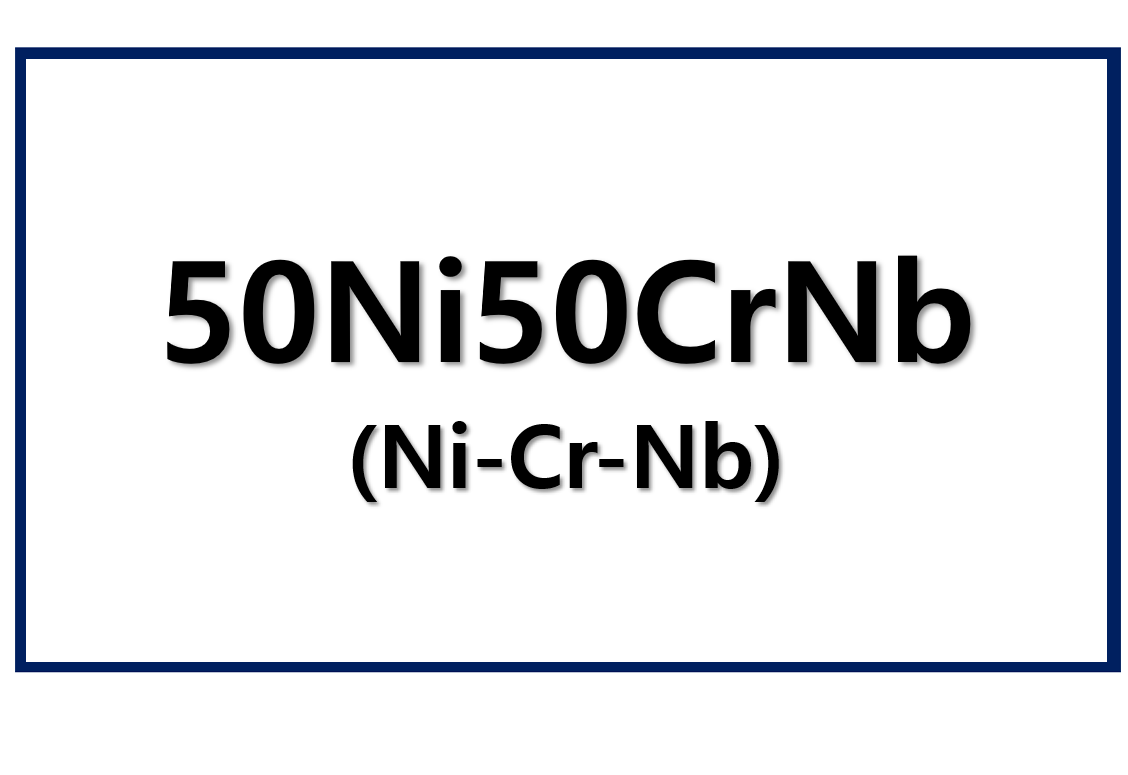
Stable Steel Prices Amid Political Chaos
As 2025 nears its end, the U.S. steel market has remained relatively calm despite heightened political rhetoric, particularly around President-elect Donald Trump’s renewed tariff threats. While the media spotlight intensifies, steel prices have shown little movement—raising the question: Are Trump’s tariff threats a strategic move, or could they trigger actual trade disruptions?
Tariffs as Strategy or Policy?
Trump has reiterated his intent to implement tariffs across key sectors, including a 10% blanket tariff on imports from China and 25% tariffs on metals from Canada and Mexico. Additional duties on other BRIC nations have also been floated. Analysts are split—some, like those at CRU, believe these threats are negotiation leverage. Others, like trade attorney Alan Price, say swift implementation is likely post-inauguration.
Layered Trade Pressures: TRQs and Antidumping Cases
Beyond blanket tariffs, the Steel Manufacturers Association (SMA) is lobbying for the removal of tariff-rate quotas (TRQs) negotiated under the Biden administration with allies like the EU, UK, and Japan. The group also wants tighter limits on South Korean steel under Section 232, as well as action on a new trade case targeting coated flat-rolled steel from 10 countries, potentially leading to antidumping duties.
Steel Prices Hold Despite Rising Pressure
Despite the noise, U.S. steel prices have stayed largely flat. Cleveland-Cliffs held its hot-rolled coil price at $750 per ton between September and December, while other benchmarks remained in the $675–$700 range. Unlike previous cycles—such as the 2016 “Trump bump”—this round of tariff speculation hasn’t spiked prices.
Muted demand is part of the equation. Some mills are signaling price hikes in early 2025—potentially $100–$150 per ton—should tariff threats materialize.
Demand Worries and Domestic Supply Expansion
Section 232 incentives have spurred new domestic steel capacity, but demand remains soft. Many buyers remain cautious heading into 2025, fearing tariff-driven disruption. Meanwhile, production continues to climb, especially for sheet and plate products, which could tighten supply later.
Conclusion: A Market on Alert
As Trump’s inauguration approaches, the steel industry remains watchful. Tariff rhetoric, shifting trade policy, and supply dynamics are all contributing to an unpredictable landscape. Whether tariffs are enacted or not, the industry is bracing for volatility in the months ahead.











Leave a Reply
You must be logged in to post a comment.